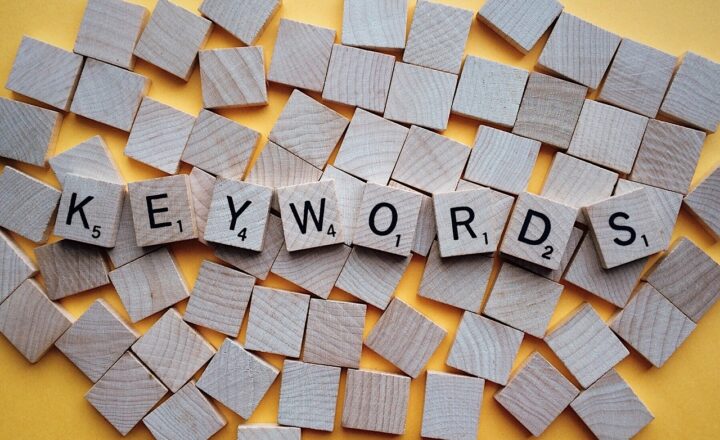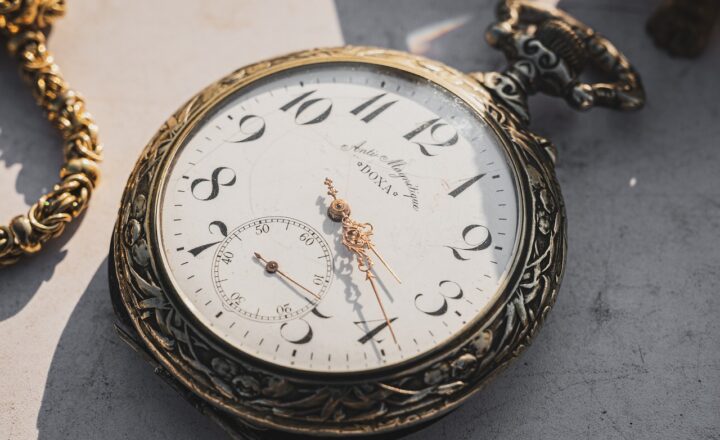The Psychology of Collecting: Why We Love Rare Cars, Stamps, and More
November 9, 2024

Collecting has been a popular pastime for centuries, with individuals acquiring items ranging from rare stamps and coins to vintage cars and sports memorabilia. But what drives this passion for collecting? The roots of collecting run deep, rooted in a blend of psychological, emotional, and sociocultural factors. In this article, we will explore the psychology of collecting, delving into why we find joy in amassing collections of rare and unique items.
1. The Appeal of Collecting: A Psychological Perspective
Collecting can offer a sense of satisfaction, accomplishment, and excitement. According to psychologists, the appeal of collecting can be traced to several key psychological factors:
- Identity and Self-Expression: For many, their collections are an extension of their identity. Collecting allows individuals to showcase their interests and express their personal tastes. Whether it’s rare action figures, antique furniture, or high-end watches, collections provide insight into a person’s values and passions.
- Nostalgia: Many collectors are driven by a sense of nostalgia, often collecting items that remind them of their childhood or important life events. This connection to the past can evoke powerful emotions and foster a deep attachment to the collected items.
- The Thrill of the Hunt: Collecting often involves an element of adventure. The process of searching for rare items, negotiating purchases, and completing a collection can be exhilarating. This ‘hunt’ taps into the brain’s reward system, releasing dopamine and creating feelings of joy and satisfaction when a sought-after item is acquired.
Understanding these psychological motivations sheds light on why we sometimes feel a compulsion to collect items, regardless of their practical value.
2. The Emotional Attachment to Collections
The emotional connections that form between collectors and their items are significant. Rare items often carry stories, history, and meaning. Collectors may develop emotional attachments due to several reasons:
- Memories and Associations: An item in a collection may bring back cherished memories or remind the collector of someone special. For example, a vintage car may remind an individual of their father and the road trips they took together, imbuing the car with sentimental value.
- Belonging and Community: Collecting can foster a sense of community among like-minded individuals. Many collectors participate in forums, clubs, or exhibitions, which allow them to share their passion, exchange knowledge, and socialize with others who have similar interests. This sense of belonging enhances the emotional experience of collecting.
- Validation and Recognition: Owning a rare or unique item can provide validation within a community. Collectors often seek recognition from peers, be it through awards at exhibitions or accolades in collector circles. The recognition feeds into their self-esteem and fosters a deeper connection to their collection.
As collectors build their collections, they also cultivate a rich tapestry of emotions that interweaves their experiences, aspirations, and relationships with the items in those collections.
3. The Sociocultural Influence on Collecting Trends
Sociocultural factors play a significant role in shaping the types of items collected and the motivations behind them. Here are some key influences:
- Cultural Significance: Certain items become prominent in culture, creating trends among collectors. For example, vintage toys have seen a resurgence in popularity thanks to nostalgia from adults who remember playing with them as children. Cultural phenomena can drive the desire to collect certain categories of items.
- Economic Factors: The economic climate may influence the types of collectibles that gain popularity. For example, during economic downturns, collectors may gravitate towards more affordable collectibles or focus on niche markets that are easily accessible. Conversely, in times of prosperity, luxury items and higher-priced collectibles may see a rise in interest.
- Social Media and Online Communities: The internet has changed the landscape of collecting. Online communities and social media platforms enable collectors to share their collections, connect with other enthusiasts, and access a global marketplace. This has expanded horizons for collectors and introduced them to new items that may not be readily available in their local environments.
Sociocultural trends influence not only what we collect but also how we perceive the value of those items within the broader context of society.
4. The Different Types of Collectors
Understanding the motivations behind collecting can help categorize the different types of collectors:
- The Completionist: These collectors seek to obtain every item in a specific category or series. They often pursue their collections with zeal, meticulously tracking their progress and celebrating when they finally complete a set.
- The Aesthetic Collector: These individuals are drawn to items for their beauty and artistic quality, regardless of their rarity. Aesthetic collectors may seek unique designs or craftsmanship, often displaying their items as works of art.
- The Investor: Some collectors view their collections as an investment opportunity. They seek rare and high-value items with hopes that their collections will appreciate over time. This type of collector typically emphasizes the financial aspects of collecting rather than emotional connections.
- The Casual Collector: These collectors indulge in their interests without pursuing any particular goal. They may enjoy the thrill of acquiring items that catch their eye but seldom stress about completing a collection or pursuing specific items.
Recognizing these different types of collectors can help us comprehend what motivates individuals to collect and how those motivations can shape their collections.
5. Conclusion: The Lasting Impact of Collecting
Collecting is more than just amassing objects; it is a deeply woven psychological tapestry that influences identity, evoking nostalgia, community, and cultural resonance. It serves as a rewarding pastime that fulfills many human desires, whether for self-expression, enjoyment, connection, or investment. Collectors find joy in the stories and meanings that their items represent, each piece telling a story that speaks to their lives.
As we have explored, the reasons behind our love for collecting are diverse and complex, igniting passion in collectors around the globe. Whether you are drawn to vintage items, rare coins, or classic cars, remember that at its core, collecting is a reflection of our shared human experience and aspiration, a passion that will likely endure for generations to come.







